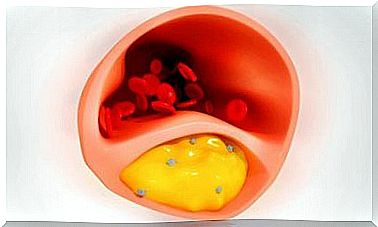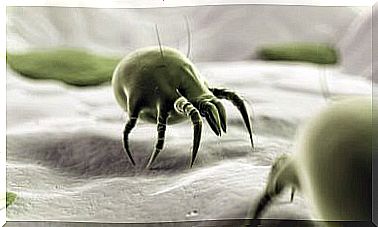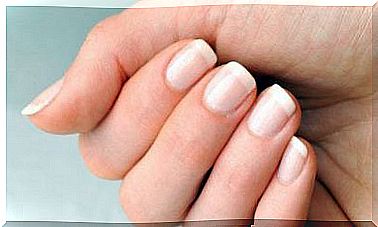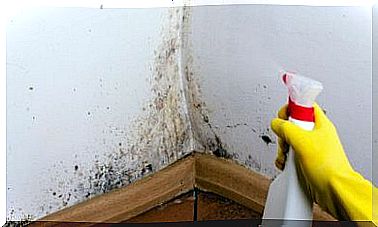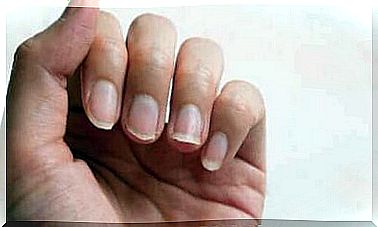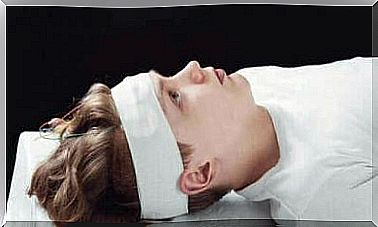Microfibers That Rebuild The Spinal Cord
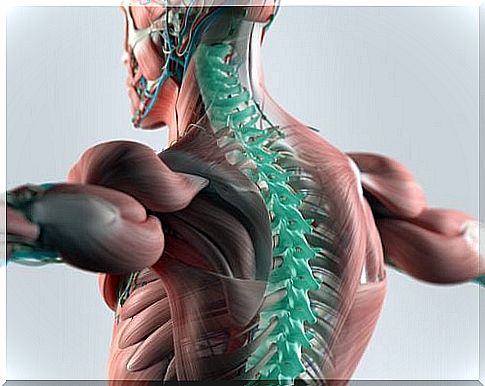
Microfibers are an inseparable element that helps in the regeneration of various tissues of the body. Microfibers recently tested on mice are evidence of another excellent discovery in modern medicine.
Their existence means that the spinal cord can regenerate.
Microfibers – ongoing research
The research was conducted in the United States. They prove that it is possible to regenerate the mature nerve cells found in the spinal cord of mice.
The conclusions indicate that the cells that are abundant in our nervous system can also take the form of the most primitive cell forms. It is these new cells that later turn into nerve cells.
The regeneration of mature nerve cells is a very important achievement that can be used in the most advanced therapies carried out in patients with spinal cord injuries.
One of the authors of the study, Chun-Li Zhang, stated that there are basics for regenerative medicine, especially in the case of the spinal cord.
Cell regeneration can be manipulated to obtain the best results in terms of creating new nerve cells at the site of damage.
When the method is confirmed by additional research, these modern discoveries can be used for the benefit of patients.
In this way, it will be possible to avoid the use of transplants and the need for therapy involving the use of immunosuppressive drugs.
Spinal cord injuries
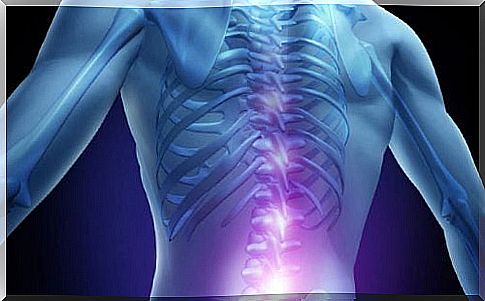
As we know, damage to the spinal cord causes irreversible damage to the nerve network. In more serious cases, there is even a loss of motor skills, which means that the relevant parts of the body are paralyzed.
It is also worth recalling that in the event of an injury, the nerve network is not always destroyed along the entire section. Sometimes it is damaged, but the nerve cells remain intact.
Also, spinal injury is not always directly related to a spine or neck injury. It may mainly involve discs, spinal pathologies, etc. It is also possible that the neck or the spine will be injured and the spinal cord will not be injured.
Grant to conduct research
In Toledo, Spain, there is the Hospital Nacional de Parapléjicos, the operation of which relies heavily on the support of local authorities. This hospital received five million euros from a European fund.
The project for which the grant was awarded is intended to conduct research and support the development of electroconductive micro-tissues, which are extremely important in the regeneration of a damaged spinal cord.
Microfiber design

It is one of twelve projects selected from over two hundred presented in the European Tecnologías Emergentes de Futuro (FET) program .
Dr. Jorge Eduardo Collazos is coordinating the project as part of a consortium of seven research groups from six European countries. In addition, he supervises the Laboratorio de Reparación Neural y Biomateriales del Hospital Nacional de Parapléjicos
- The duration of research on microfibers is four years from 2017 to 2020.
- There is also an emphasis on the development of devices intended to provide electroactive biological support that will prove to be safe and appropriate to obtain the best possible results in the regeneration of the damaged central nervous system.
The neurofiber research program has a dual purpose. On the one hand, it is about enhancing the properties of the fibers. On the other hand, research is focused on how to obtain an effect that would stimulate the growth of nerve fibers.
The project coordinators confirm that the research will also focus on elements such as:
- Evidence for the biological compatibility of the design.
- Nerve tissue responses to treatment.
- Regeneration of previously lost motor skills.
Surgeons are of great importance in this important project. It is they who can develop modern complex surgical techniques. These techniques can contribute to the success of the entire project.
Microfiber-based neuroprostheses
Thanks to these new microfibers, it will be possible in the future to create much more effective neuroprostheses that can be connected to the spinal cord.
The advantage of microfibers is greater sensitivity to stimulation and reception of signals from neurons, assuming the use of metal electrodes.
The use of microfibers also produces less damage. Microfibers have great potential both for the discovery of their functions and for the future development of the design.
